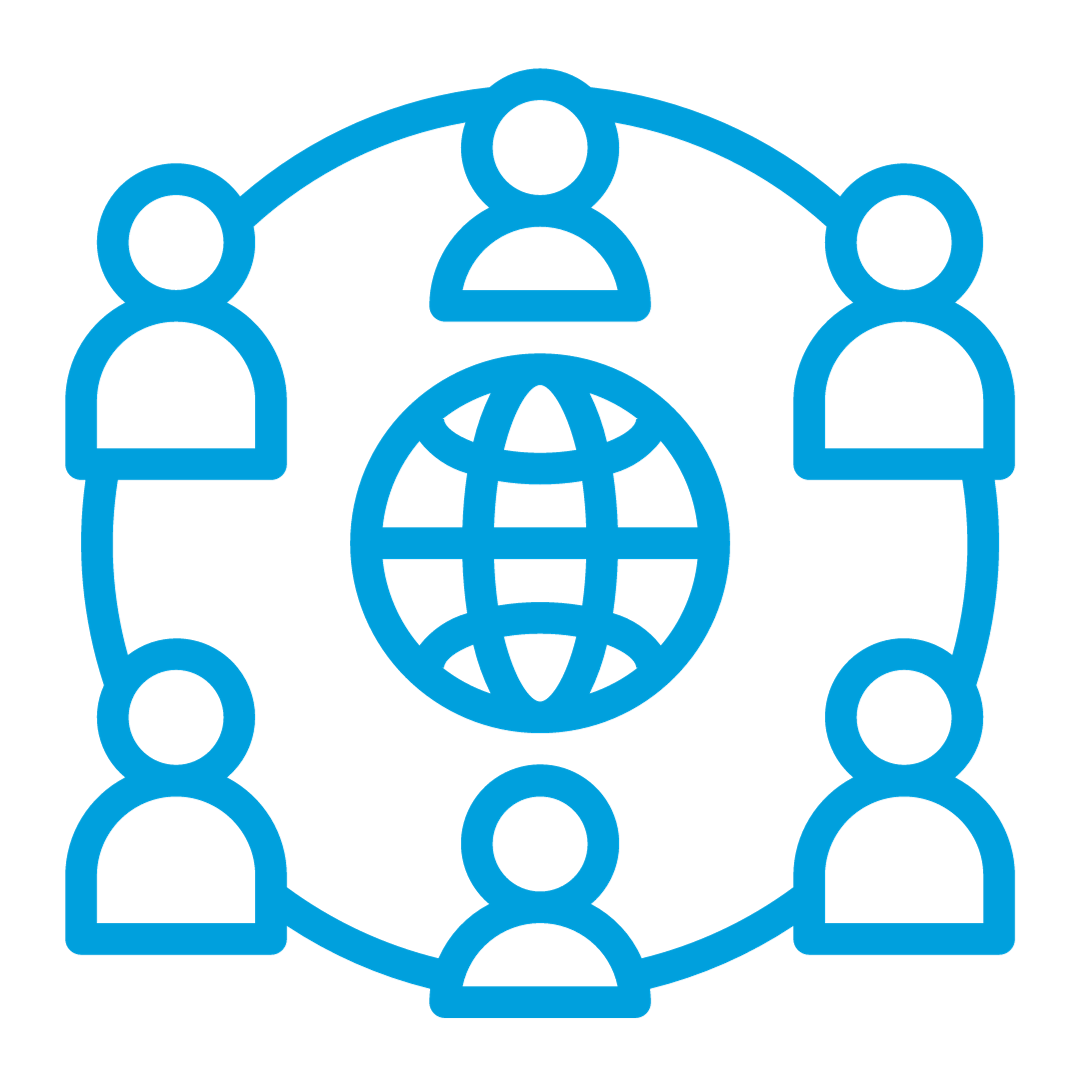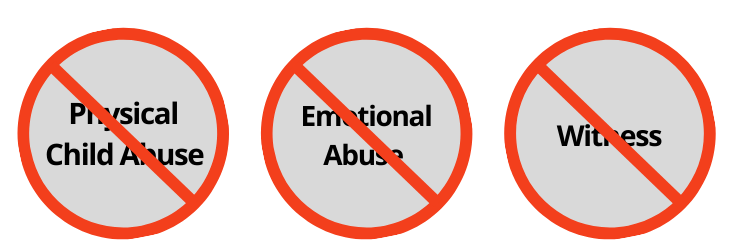Childhood Domestic Violence (CDV):
violence in your home between your parents or towards a parent that can be physical, verbal, or both and is not directed towards the child
What Is Childhood Domestic Violence (CDV)?

The Problem
CDV is when you grow up living in a home with domestic violence, which through the lens of childhood is violence between parents or towards a parent. It can be physical, verbal or both and is not directed towards the child. And unlike other universally understood major childhood adversities (i.e. physical child abuse or child sexual abuse), CDV remains largely unknown, even by those who experience it.

The Global Reach
UNICEF calls growing up in a home with domestic violence “one of the most pervasive human rights challenges of our time.” It impacts 1 in 7 people. Abundant research documents its profound and often lifelong negative impact, with startling statistics that point to a grim prognosis. But there’s almost no awareness and very few programs or tools to curb the impact.

The Impact on a Life
CDV can have a profound impact that can last into adulthood, with major negative effects in all key areas of life – physical health, emotions, behavior and relationships. It is associated with an very long list of dire statistics, keeping those impacted from their potential. But the worst impact is that they’re not aware and cannot connect the dots between their childhood and challenges they face today.
What Childhood Domestic Violence Is NOT
Childhood Domestic Violence (CDV) is one of the 10 major Adverse Childhood Experiences (ACEs) identified by researchers that can have a defining impact on a life. Compared to the other 9, which are known and have >90% general awareness, CDV has <10% awareness and has never been properly branded or addressed, even by experts. So even among those who face it, most don’t realize it’s “a thing” or that it is something that happened to THEM, and those who do don’t know what to call it.
The lack of awareness and understanding can leads to stigma, confusion, or minimizing of its gravity. CDV is often confused with other ACEs like physical child abuse or emotional abuse or other adversities in a home, like domestic violence. And its gravity is often downplayed with words like “witness” often used to describe it. But CDV has been clearly identified as a distinct childhood adversity and 30 years of research have extensively shown its often lifelong impact. Hence it is important to understand that CDV is NOT…

What next?
Childhood Domestic Violence may have impacted you in multiple ways that may be holding your life hostage…or the life of someone close to you. But it doesn’t have to. Through some simple steps, you can start reclaiming your life…or help another to…and rewrite the story.
Below are 3 paths to overcoming the impact – for yourself, someone you love, or someone you support professionally. Click the button that best reflects your experience with CDV to get to the next steps.
You Grew Up with CDV
If you grew up with CDV and want to start reclaiming what was taken from you in childhood, click below.
You Care for Someone
If you care for someone who was impacted by CDV and you want to learn more about how you can better support them, click below.
Professionals
If you works with impacted children or adults daily and you need trainings or tools to improve your interventions, click below.
